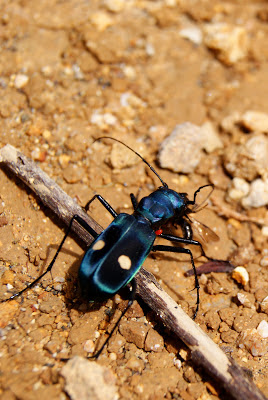Nicaragua’s Isla de Ometepe is a slight to behold. The
island juts majestically from the hazy blue of Lago de Nicaragua, or Colcibolca
(‘the sweet sea’) in the indigenous language of the area, Central America’s
biggest lake. Its twin volcano peaks rise from the water, a figure-eight-shaped
island cinched in the middle by an isthmus formed from an ancient lava floe.
Of the two volcanoes that make up this incredible island,
Maderas lies dormant, while Concepción is active, and has frequent mood swings,
its constant billowing smoke a reminder that, yes, you did build your town
below a volcano.
But, neither the island nor its inhabitants have been blasted
skyward or covered in blisteringly red molten lava. During its last big
eruption in 1957, the president sent boats to evacuate the island, but no one
chose to leave. And, surprisingly enough, even when sending towers of flame 15
meters into the sky, Volcán Concepción has been kind enough not to kill any of
the natives (at least not in this century). Since then, periodic showers of hot
ash and spews of molten rock have occurred every decade or so; the native
population just sits back and watches the show.
The risk seems to be worth it to the locals. Beautiful land,
sparkling lagoons, rolling fields, and a brick ‘paved’ road lie beneath the
roiling clouds that surround the peak of Central America’s most symmetrical
volcano. Horses, cows, and the required stray dogs mill aimlessly about. And,
though the tourists roll in on a regular basis, the beauty of the land and the
stronghold of local communities haven’t been eroded just yet.
Mother Nature and the gods of tourism seem to be smiling
upon Ometepe. And it doesn’t hurt that their volcano seems to be friendly.














